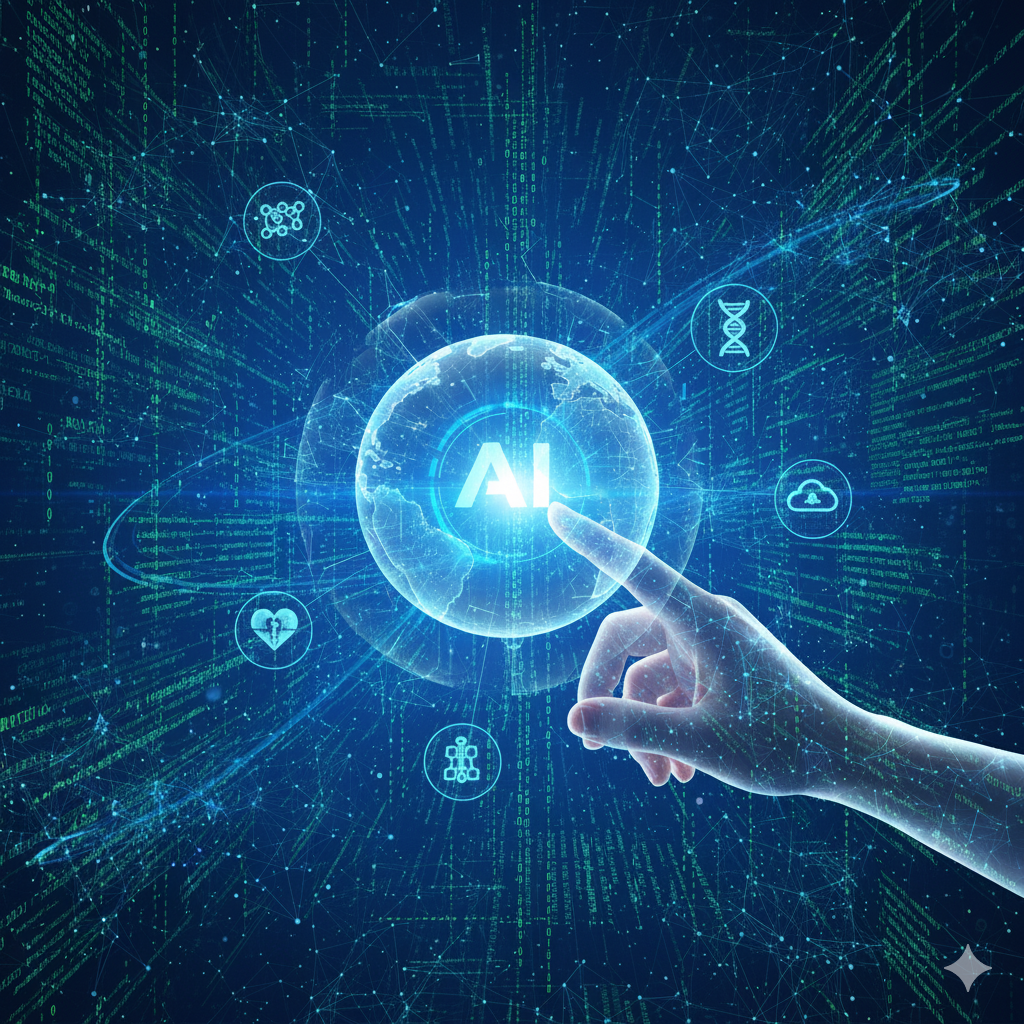Agents aren’t just smarter chatbots. They’re systems that can plan, use tools, remember, and adapt—pursuing goals with a measure of autonomy.

From reactive Q&A to proactive problem-solving: AI agents can plan, use tools, and adapt.
What Makes AI Agents Different?
Unlike standard AI, which responds only when asked, agents can take initiative. They can break down a goal into smaller tasks, search for the right tools, call on databases or APIs, and adjust their approach when things don’t go as expected. In other words, they don’t just give answers—they solve problems.
- Planning – mapping out a strategy to reach a goal.
- Tool use – calling external systems, APIs, or even other agents.
- Memory – learning from past actions to make better decisions.
- Adaptation – adjusting when results don’t go as planned.
Why It Matters in Science
The implications for life sciences and academia are huge:
- Drug discovery – agents can test drug compounds virtually, spot risks early, and speed up lab work.
- Biomedical research – they sift through vast scientific literature to find insights that might take humans years to uncover.
- Healthcare – experimental systems are beginning to integrate patient histories, scans, and genomic data to suggest treatment options.
For researchers, this could mean faster breakthroughs, lower costs, and broader access to innovation.
The Challenges
Of course, there are risks. Agents can get stuck in loops, make unreliable predictions, or consume huge amounts of computing power. Transparency and trust are also key—if an agent suggests a treatment, doctors and scientists need to know why.
That’s why safeguards like human oversight, logging agent actions, and strong privacy protections are critical. AI agents may be autonomous, but they’re not infallible.
The Road Ahead
AI agents are not just a technical upgrade; they mark a shift in how we think about AI itself—from passive tools to active collaborators. For researchers, innovators, and students alike, they open the door to new ways of experimenting, learning, and discovering.
The next question isn’t whether AI agents will play a role in science—it’s how quickly we can put them to work responsibly.
Sources
- IBM (2025). What Are AI Agents? IBM Think Blog
- Chen, A. H., Lin, T., & Huang, J. (2023). Autonomous agents for scientific discovery: A review of emerging approaches. Nature Machine Intelligence, 5, 843–856.
- Zhavoronkov, A., Aliper, A., & Ren, F. (2024). Generative and agent-based AI in drug discovery and biomarker development. Drug Discovery Today, 29(2), 329–339.
- Nori, H., King, N., McKinney, S. M., et al. (2023). Capabilities of GPT-4 in medicine: evaluation on the USMLE and beyond. npj Digital Medicine, 6(1), 116.